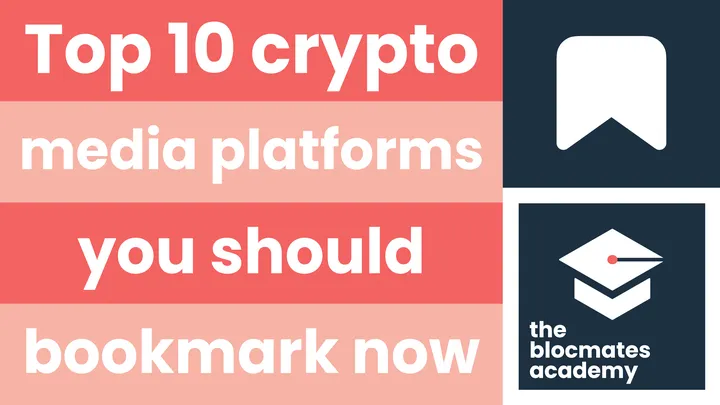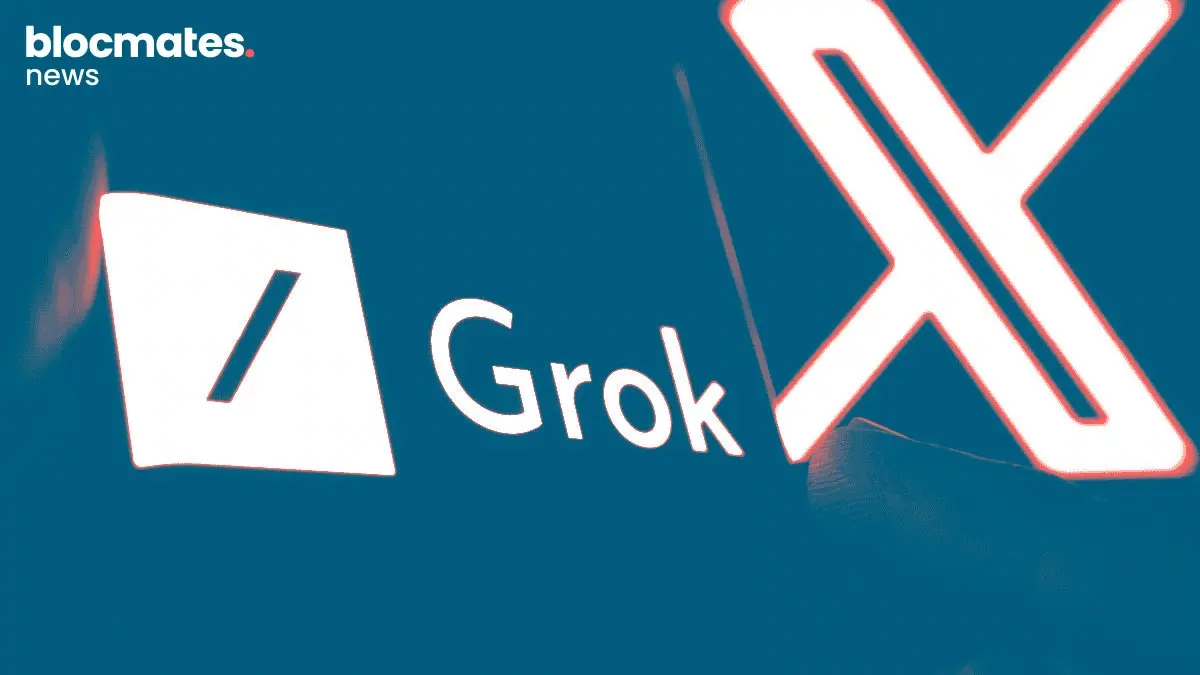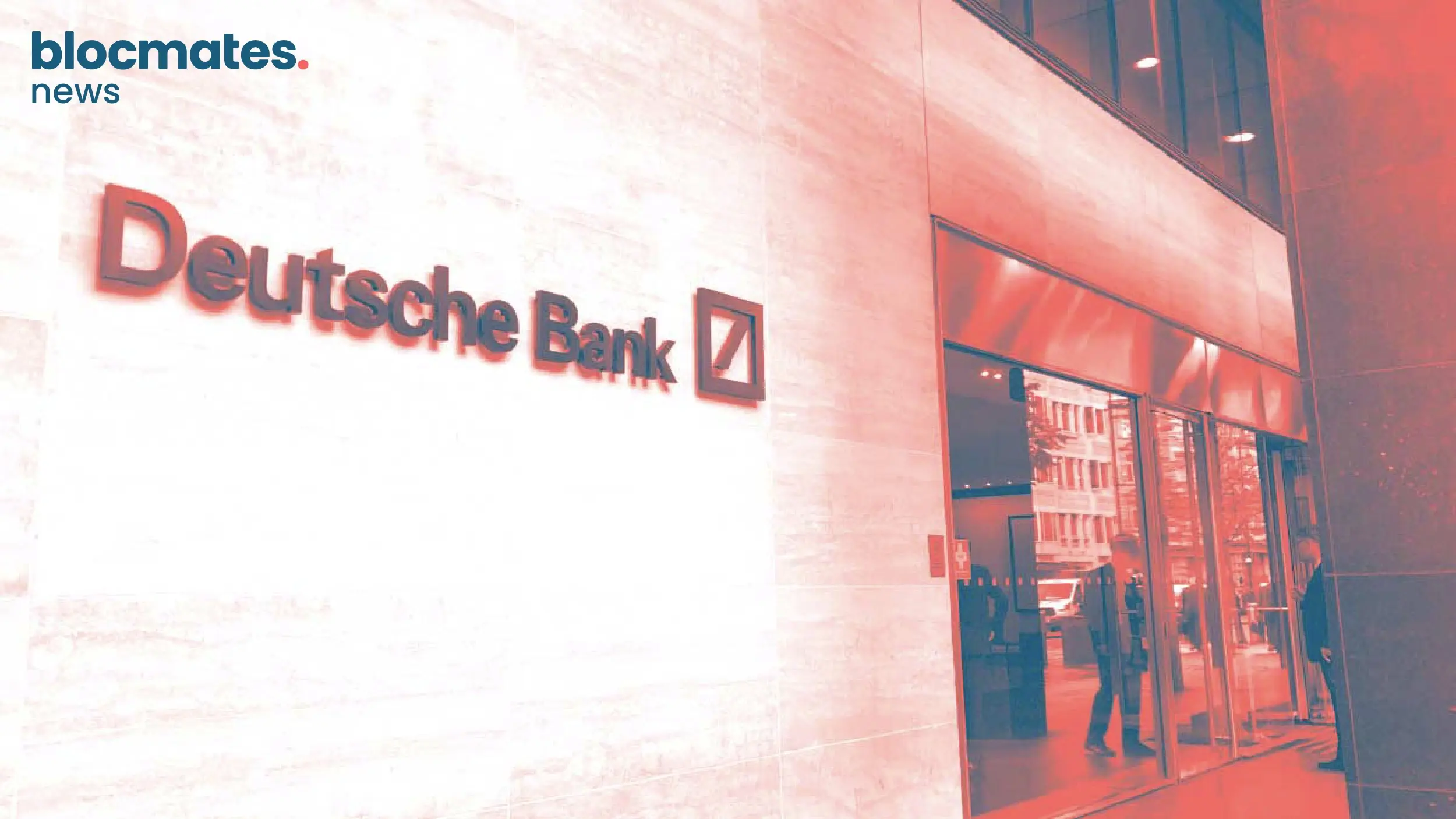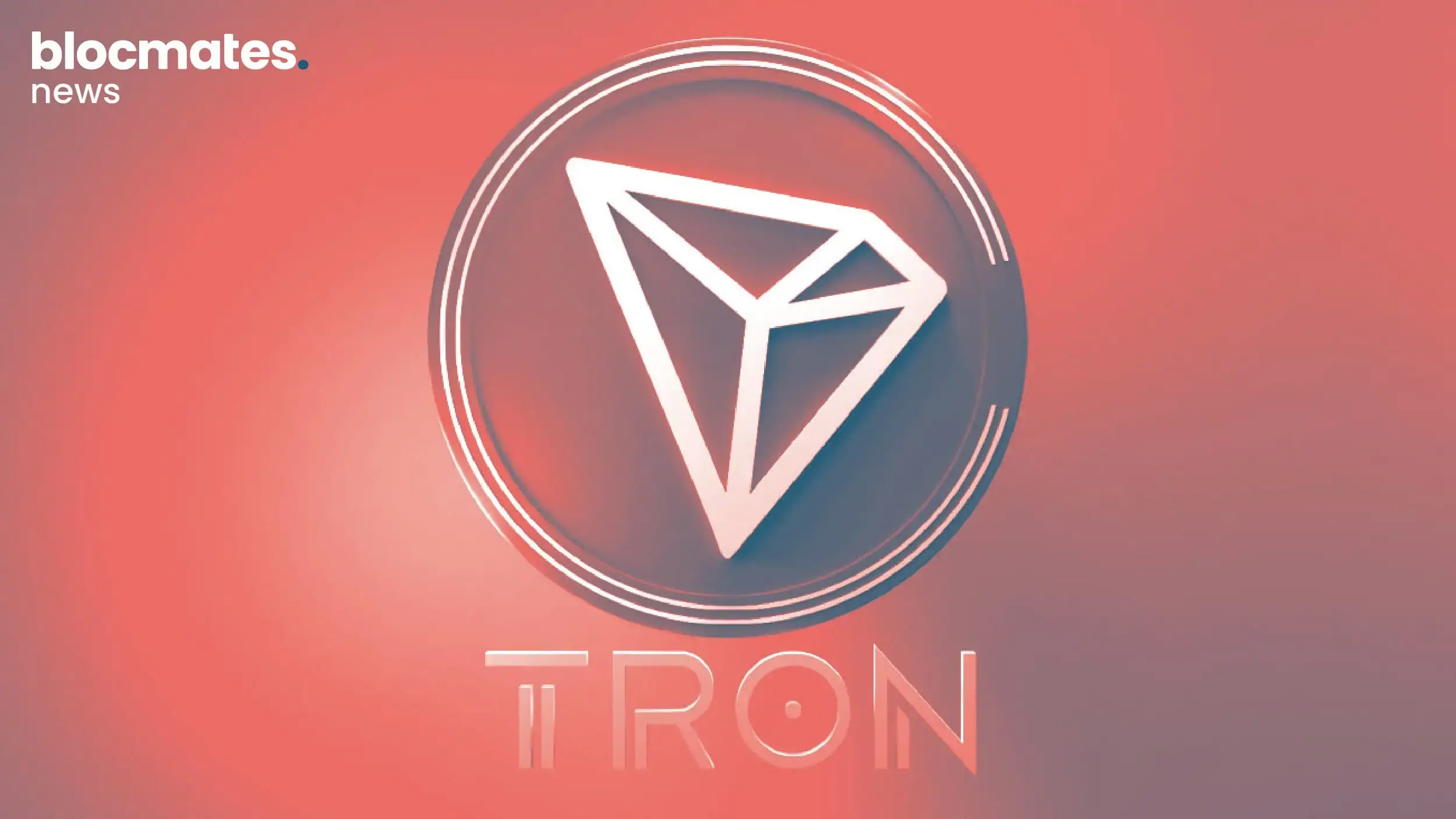
Context
With the collapse of numerous centralised authorities and exchanges in crypto such as FTX and Celsius last year, traders looking to speculate on the prices of crypto assets have now turned to on-chain alternatives to reduce their counterparty risk.
As such, on-chain perp protocols have exploded during this bear market, and are currently one of the few products in crypto that are truly achieving a product market fit.
For example, GMX has achieved over 93 billion in volume, while earning over 138 million in fees:

Or Gains network achieving over 6.5 billion in volume, and earning nearly 5 million in trading fees:

The rise of these protocols highlights a clear demand for perp trading protocols, with ever-rising user counts and volumes being traded. However, with numerous on-chain perp protocols emerging for crypto users, there is a clear gap in the market for something that already exists in another sector of crypto - an on-chain perp protocol aggregator.
The problem with on-chain perp trading
What currently dissuades many CEX perp traders from going on-chain are the possible increase in trading fees, as well as multiple steps of bridging funds on-chain, setting up a wallet, and then getting set up on a perp protocol, and learning how to use it
If you’re a CEX perp trader looking to move to on-chain protocols, there are quite a few steps you have to take:
- You’ve got to set up your on-chain wallet
- Bridge your funds over on the right blockchain
- Setup your account on the various perp protocols you’re using
- Learn a new UI, and then finally start trading again!
Considering that traders will also want to use the protocols with the best fees currently, or the best liquidity for their trades - they may have to bridge across chains multiple times just to make a trade that would take a few minutes on a CEX.
But the solution for this issue already exists in a different subset of DeFi…
Aggregators!
Today, the usage of tools such as DefiLlama’s swap tool, 1inch’s aggregator, and Matcha are commonplace, and standard for DeFi users.
The reasons to use them are endless. From finding the best slippage on swaps to saving you searching for the right DEX to trade a token on, to protecting you from MEV bots - they’re a vital tool in giving you the best trades and making the most out of your capital.
And with over 10,000 daily active aggregator users on Ethereum currently, it’s clear that aggregators also have nailed the product market fit for crypto participants on-chain.

(from https://dune.com/IvanL/DEX-Aggregators-from-@sui414-dashboard)
What if there was a protocol that provided the same benefits of such aggregators, but specifically for on-chain perp trading?
Well…
The Solution: MUX gives you the best of both worlds
Enter MUX - a leveraged trading protocol and aggregator that gives its users the most attractive fees, and ease of usage to ensure their capital is used in the most efficient manner possible.
Here’s an overview of MUX:
MUX currently has 2 main components
- The Mux Leveraged Trading Protocol - a decentralised leveraged trading protocol that offers up to 100x leverage and no counterparty/centralised exchange risks as traders are trading against the MUX native pool (MUXLP Pool)
- The Mux Leveraged Trading Aggregator - a sub-protocol that automatically selects the best liquidity route and minimises the costs of traders while meeting the needs of opening positions. The aggregator also allows traders to raise the leverage up to 100x on protocols such as GMX, and provides better liquidation prices through its aggregator on GMX, as opposed to using GMX by itself. It also aggregates with Gains Network besides GMX, making sure to use your capital efficiently no matter what trade you’re placing.
MUX in a nutshell:
- With their perp protocol, they’ve achieved over 3.2 billion in total volume, and boast over 50 million in daily volumes
- The protocol currently generates over $30,000 in daily protocol fees - with the majority of that being paid out to users staking their tokens in the protocol. As of now, they have earned over $3 million in protocol fees.
- There are 2 main tokens for the protocol, MCB and MUX. MCB is tradeable, while MUX is either staked to earn from the protocol’s income or time-vested into MCB.
- They have over 10,911 unique users, and over 100 daily users (while the number is small, it represents a huge growth opportunity for the protocol over time)
- Their MUXLP Pool has around $14.5 million in it currently, with over $8 million of that being Protocol Owned Liquidity by MUX
If you don’t know how leveraged trading/perp protocols work, here’s a quick breakdown:
When you open a position on a perp dex, you trade against the protocol’s liquidity. If you win a trade, that’s where your profit comes from. If you lose a trade, that’s where your margin goes. Traders and investors can hold or mint the protocol’s liquidity tokens (GLP for GMX, MUXLP for MUX), offering a source of real yield as long as the protocol has users, and is generating fees from them.
MUX’s leveraged trading protocol can be used to:
- Open up to 100x leveraged positions, with zero price impact - this is one of the highest leverages you can get in DeFi
- Trade with optimal cost (currently one of the cheapest in the market)
- Use aggregated liquidity for trades (less slippage)
- Use multiple types of assets as collateral/margin
And their MUX Leveraged Trading Aggregator aims to solve 3 main issues:
- Properly utilise the liquidity across different protocols for traders
- Provide a native approach to utilise the cross-chain liquidity in crypto today
- Provide optimal pricing and trading experiences despite the different pricing mechanisms and margin parameters on each protocol.
How did MUX Come About?
Founded in 2019 as MCDEX, they’ve been one of the leaders exploring leveraged trading in DeFi from its early days. And from MCDEX V1 to V3, their team reached several milestones, from $7.2B in cumulative trading volume, and over 5000 users - leading to them launching MCDEX V4 as the MUX protocol in August 2022.
Here’s a snapshot of MUX’s stats as of 20th March 2023:

(Full stats for the protocol can be viewed here: https://stats.mux.network/public/dashboard/13f401da-31b4-4d35-8529-bb62ca408de8)
How does MUX compare to other players in the perp protocol space?
With just over a hundred daily users, but over $3 million in protocol revenue - it’s obvious that MUX can grow in terms of a daily user base. And with it recently collecting $33,438 in protocol fees in 24 hours, the revenue generated by MUX can only continue to increase as its user base grows.
https://twitter.com/muxprotocol/status/1626653754383806464
Beyond that, under MUX’s native MUXP pool, there are only 0.08% open & close fees of your position size, as well as 0% price impact, and 0% spread on ETH & BTC, therefore lowering trading costs for users.

In comparison, GMX currently charges 0.1% of the position size to open/close a trade.
While GNS charges 0.08%, due to the additional discounts MUX offers - it’s currently the best on the market.
MUX recently received a grant from Optimism which allows them to offer an additional 20% discount on fees, making MUX the best perp platform cost-wise for the foreseeable future.
And you can also use this referral link for an immediate 10% discount on your trading fees (with the link, your fees will be 0.072%)
Currently, MUX has a competitive edge in the market if its team can continue to deliver cheaper fees to users while onboarding and retaining new protocol users.
Additionally, MUX’s aggregator allows you to increase the max leverage on GMX to 100x, while their “Liquidation Price Optimization” feature gives you better liquidation prices on GMX as well! (as of now, this feature is free to use)
MUX also has a unique mechanism called Universal Liquidity:
Through using a broker module, a bot that monitors total liquidity and liquidity reserved for margin trading, the broker calculates the available liquidity across deployed networks and fills the order if it can meet position size. Thus, this gives MUX a much higher capital efficiency across multiple chains, without moving pooled assets around.
MUX’s goal is to never waste liquidity and to always use it to produce a yield in one way or another - and to become the best all-in-one perps platform for crypto natives.
Why haven’t you heard about MUX yet?
When communicating with the MUX team while writing this article, I asked them why they’re still under the radar, despite their working product and continuous partnerships/integrations with other chains and protocols.
This was their response:
Dumbird:
“The shortage of marketing resources was mainly from our lack of awareness about effective twitter marketing strategies. We posted tweets frequently since launch, but the content never got shared much. Before Twitter started to show impression numbers, we weren't fully aware that the content we drafted only get little views. But lately we've been improving the strategies, and the exposure has been increasing.
Also, another side factor (based on my personal assumption) is most eye-catching crypto content on twitter is token-related, about shilling and potentials, etc. MUX tended to focus more on the actual product side, surrounding trading experiences, metrics, mechanism innovations, protocol organic volume, attracting traders, which in our opinions are core factors to make a DeFi product solid and have proper product-market-fit. I think our overall focus and lack of token-related content is also a reason why MUX is not known by most of crypto twitter yet.
The high-level goal is to continue increase organic protocol trading volume and protocol income. And we look forward to continue grow the POL and gradually making it self-sufficient.
To achieve these goals, we will work on the following to-dos:
1. Continue to aggregate with more leading & innovative protocols on the market and offer traders' the best possible trading cost & experience, as well as expand the MUX protocol suite ecosystem.
2. Gradually improve the liquidity structure and attract more LP to the MUXLP pool.
3. Continued feature & performance improvements to fit traders' needs, and onboard more traders.
4. Expand to more active networks / ecosystems with the universal liquidity mechanism as an advantage.”
Ultimately, MUX’s team has weathered multiple cycles and has continued building, shipping, and adjusting to the changing crypto landscape over time - so it may just be a matter of time before broader market participants become aware of the protocol, and what it has to offer.
With the increasing amount of perpetual exchanges coming online, the decision barrier to choosing which is best to use is also increasing.
This makes MUX’s perp aggregator a no-brainer choice for those who want the best price, optimal trading routes, and the best experience when trading on-chain.
MUX’s team and history
While the dev team prefers to remain anonymous as of now, their constant product delivery, and shipping of developments on their products, from McDex to MUX, are a clear sign of a team committed to building something for the long haul.
It's rare to see a team continue to pivot and build over multiple years in this space, much less build products with clear utility and benefit for market participants. They're a great example of the ethos of crypto, where one can be anonymous, but have their worth and value in the space proven by their actions over time.
MUX Community & Partnerships
MUX’s community has remained strong throughout the bear market, with over 8,000 discord members and 43.1k followers on Twitter. And with a recent 250k OP grant proposal approved by the Optimism Foundation, MUX will be passing on those discounts to MUX users.
https://twitter.com/muxprotocol/status/1631724832802099203
MUX’s backers:
Mux’s backers are the heavy hitters of the crypto VC world, such as:
- Binance Labs
- Delphi Digital
- DeFi Dad
- Plutus.vc
- DeFiance Capital
MUX Tokens.
Now that we know what MUX does, and what it has to offer to the market, it’s time to discuss the question all degens want to know about a protocol:
How does the price go up?
Well, MUX has 4 tokens:
MCB is the protocol’s main token, which can be locked to receive veMUX - giving users protocol income and MUX rewards.
The only way the supply can change is if a governance proposal for increasing the supply cap is initiated and passed.
MCB can be locked into veMUX for a period of 2 weeks to 4 years, giving better vesting rewards the longer the lock period is.
MUX is the protocol’s non-transferable reward token, earned through holding veMUX or staking MUXLP.
You can either stake MUX to obtain veMUX, or vest MUX into MCB.
The supply cap is 1,000,000, with a daily emission of 1,000. The supply cap can be changed via governance but remains fixed for now.
veMUX is the protocol’s governance token, giving more voting power on protocol governance to holders. They’re non-transferable and only gotten through locking MCB and/or MUX. veMUX gives users protocol income, as well as MUX rewards. As of now, locking MUX/MCB for veMUX gives around a 40.30% APR (if locked for 4 years)
MUXLP is the protocol’s liquidity provider token, which users can use to buy/trade assets allowed by the protocol. As of now, MUXLP gives a 23.44% staking APR.
Both MUXLP and MCB are tradeable, while MUX/veMUX are reward/governance tokens.
While these tokenomics aren’t anything new in DeFi and crypto - they’re a model that has proven to work well in other protocols such as Convex, Curve, and other DeFi protocols.
How can crypto participants benefit from MUX?
There are 2 main ways to earn yield from MUX:
- One can buy MCB, lock it for veMUX, and be paid out from the protocol’s liquidity.
- One can use their collateral to mint MUXLP, and receive yield from that as well.
Here’s how MCB can be staked to get MUX/veMUX, and how MUXLP can be used to get yield in ETH, taken from MUX’s website:

Info: https://app.mux.network/#/stake/overview?chainId=42161
How is MUX currently valued?
Well, MCB cost around $9.19 and currently has a market cap of around $34m, with an FDV of $43m.
Compared to GMX’s market cap of $694m, and its FDV of $1 billion, the potential for MUX’s growth is clear, especially considering that MUX isn’t a competitor, but rather an aggregator for GMX and other perp protocols.
And as of March 2023, MUX has generated over $2.9m in protocol income, which MUX/veMUX/MUXLP holders have received yield from:

(veMUX receives 70% of protocol income, with the other 30% used to purchase MUXLP to add as protocol-owned liquidity)
And with the increasing pressure on centralised exchanges by regulatory authorities, it’s likely that the user base of on-chain perp protocols will increase, and MUX should benefit from that growth over time.
While MUX can rely on cheap fees currently, if their users don’t remain after the discounts expire, the protocol won’t be able to keep growing, and the protocol’s income will begin to stagnate. With just over a hundred daily users, it shows how under the radar the protocol currently is compared to GMX with over a thousand daily users. (1,984 as of 20th March 2023)
And while MUX has started increasing in visibility due to its real yield, and protocol income, the team needs to continue to deliver updates, and useful upgrades to their aggregator to make it the go-to perp aggregator choice for on-chain crypto traders. Similarly, there needs to be more content and outreach from the team to educate, and educate more users of the benefits of using their aggregator and protocol.
Looking at MUX’s future:
What makes MUX an attractive token for the long term is:
- As more on-chain perps products come to the marketplace, this will benefit MUX. If people become increasingly confused as to where to find the best product - it’s likely they’ll use an aggregator that removes all the stress of figuring that out themselves.
- This happens now with spot swaps. I rarely go directly to Uniswap even though it usually has the best liquidity. I will always use an aggregator (usually Matcha) to perform my trades. So, I can imagine this is how the derivatives marketplace will progress towards over time.
- The team has weathered multiple cycles and has continued iterating and shipping out working products for an active userbase
- In a world of speculative token releases and new flavours of the month, MUX’s team has been focused mainly on partnerships and growing the userbase and health of their protocol - and its token allows you to earn from its income!
- It has a low FDV, great yields paid out to its holders, and is simply a working product under the radar - thus, you aren’t exit liquidity for marketers or influencers who have already filled their bags and are looking to dump their tokens on retail
Ultimately, we’ll have to see how MUX continues to develop over time.
However, plenty of narratives, as well as regulatory headwinds will likely push crypto participants to start using perp protocols as opposed to centralised exchanges.
With its low FDV, consistent APR from its native pool, as well as its protocol-owned liquidity (POL) forming the majority of its liquidity, MUX has the makings of a well-performing protocol forged during the bear market.
As of now, aggregation in DeFi is still in its early stages but showing clear dominance. And with the ever-increasing number of protocols offering different services to users, this is where a protocol like MUX can shine, and truly take advantage of the growth of perp and derivatives protocols on-chain.
With the recent increase of on-chain activity and the growth and adoption of perp protocols, MUX stands in the marketplace as the sole aggregator for perps, giving it a chance to carve out a clear product-market fit and niche for itself.
And that is where MUX/MCB stands to benefit and grow as both a protocol and token.
Links:
Docs: https://docs.mux.network/protocol/overview
App: ttps://app.mux.network/#/ref/blocmates
Stats: https://stats.mux.network/public/dashboard/13f401da-31b4-4d35-8529-bb62ca408de8
Twitter: https://twitter.com/muxprotocol
Interview with founder Liu Jie: https://mcdex.medium.com/liu-jie-the-story-of-mcdex-i-a0801bc814e0

































%202.webp)


.webp)

.webp)
.webp)
.webp)



.webp)












%20the%20Next%20Big%20Unlock%20in%20AI.webp)


































































.webp)


.webp)









.webp)







.webp)




















.webp)







.webp)
























.webp)






.webp)










.webp)










.webp)
.webp)
.webp)
.webp)
.webp)
.webp)

.webp)









.webp)

.webp)
.webp)
.webp)
